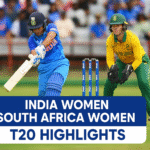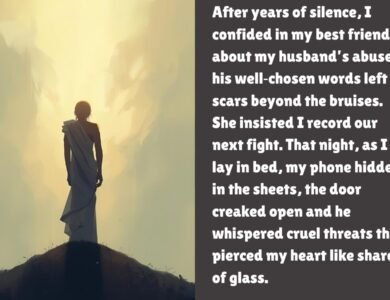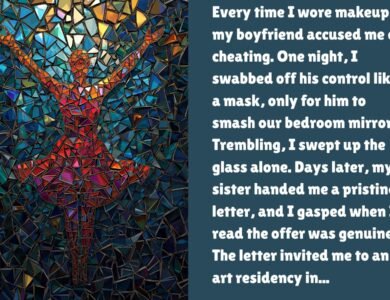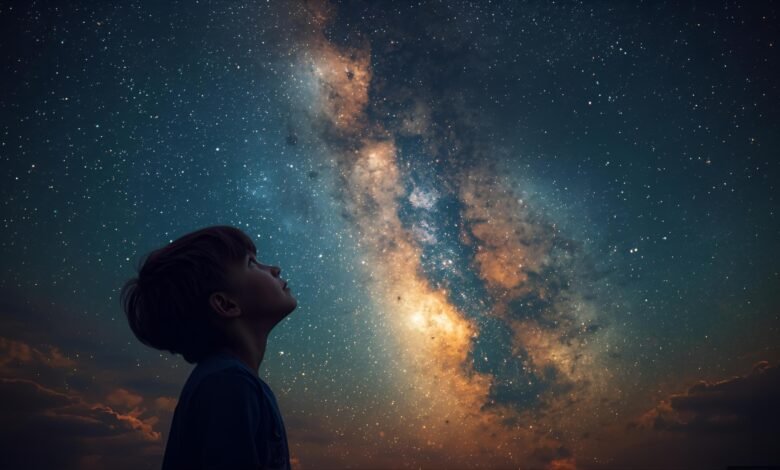
On paper, humanity has never had better tools to explore the universe. Giant telescopes probe exoplanets, map dark matter, and hunt transient events in milliseconds. Yet a quieter, more terrestrial threat is closing in on that science: light pollution. From sprawling cities to rural highway corridors, artificial light at night (often called ALAN or skyglow) is whitening the heavens, making faint stars vanish and masking the signals astronomers rely on.
The numbers are sobering. A global analysis using the citizen-science project Globe at Night found that the night sky brightened by roughly 9.6% per year between 2011 and 2022—meaning star visibility in many places can halve in less than a decade. This “artificial twilight” doesn’t just rob us of awe; it directly degrades astronomical data and harms ecosystems that evolved in darkness.
At the same time, an explosion of satellite megaconstellations has added a new layer of streaks and background glow, forcing observatories to rewrite observing plans and devise new mitigation techniques. Organisations like the IAU’s Centre for the Protection of the Dark and Quiet Sky from Satellite Constellation Interference (IAU CPS) and UN-level working groups are now coordinating science-based solutions—from better ground lighting to satellite surface treatments and orbital protocols.
This guide explains why light pollution is rising so fast, where the world’s darkest observatories are most at risk, and the practical steps—backed by research—that astronomers, cities, and industries are using to fight back.
What Is Light Pollution? (And Why It’s Getting Worse)
Light pollution refers to unnecessary, misdirected, or excessive artificial light that causes skyglow, glare, and light trespass. Three forces are accelerating it:
-
Unshielded fixtures that blast light sideways and upward—brightening the sky far beyond the target area.
-
Blue-rich LEDs (high colour temperatures) scatter more strongly in the atmosphere, making skyglow worse even at the same lumen output.
-
More lighting, for more hours—from illuminated signage to façade lighting and over-bright parking lots—often without controls like timers or motion sensors.
Lighting experts and dark-sky organisations recommend fully shielded fixtures and warm-tone spectra (≤3000K correlated colour temperature) to reduce light pollution while preserving visibility and safety. They also advocate adaptive controls, so light is used only when and where needed.
The Measured Impact: Fewer Stars, Noisier Data
For professional observatories, even small increases in background brightness can erase faint galaxies, comets, and near-Earth objects from their images. The recent Globe at Night analysis quantified the human-visible effect: a near-10% per-year increase in sky brightness over a decade, far higher than satellite estimates, in part because satellites undersample blue-rich LED emissions and horizontal scattering. The result is a steady loss of faint stars to the naked eye and compromised sensitivity for telescopes.
Citizen-science data dovetails with professional assessments: astronomy organisations warn that light pollution and satellite proliferation are now existential challenges for wide-field surveys like the Vera C. Rubin Observatory’s Legacy Survey of Space and Time (LSST), which must detect fleeting, faint sources against a brightening sky.
Where the Darkest Skies Are Under Siege
Some of Earth’s premier observatory sites—chosen for dryness, elevation, and ultradark skies—now face mounting light pollution pressure from development and industry.

-
Atacama Desert, Chile: Home to ESO’s Paranal and the under-construction Extremely Large Telescope, the Atacama boasts some of the world’s best seeing. Chile pioneered national light pollution regulation, and new rules aim to “recover the sky.” But industrial proposals—including large-scale energy and chemical projects—raise concerns over lighting, dust, and sky brightness near observatories.
-
Hawaiʻi (Maunakea & Haleakalā): County ordinances restrict outdoor lighting to protect observatories like WM Keck. These measures—shielding, low-pressure/amber lighting, and spectral limits—show how policy can meaningfully slow light pollution near telescopes as populations grow.
These cases illustrate a core truth: safeguarding the best dark-sky sites requires both top-tier science and durable, region-wide lighting policy.
Satellites: The New Frontier of Skyglow and Streaks
Traditional light pollution comes from the ground up; satellite streaks come from above. As tens of thousands of LEO satellites come online, astronomers have documented streaks that saturate detectors, corrupt images, and complicate data pipelines. The IAU CPS (co-hosted by NSF NOIRLab and the SKA Observatory) publishes technical recommendations for operators—from darkening materials to attitude control and orbital choices—and works with observatories to characterise and mitigate impacts. Funding and coordination efforts are expanding to build tools that model and avoid streaks in real time.
For Rubin Observatory in Chile, which images huge swaths of sky rapidly, even a modest increase in streak frequency can degrade transient searches and asteroid detection. Industry collaboration, better scheduling, and software to flag and mask trails are now essential parts of survey design.
Proven Fixes: How Cities and Campuses Can Cut Light Pollution Fast
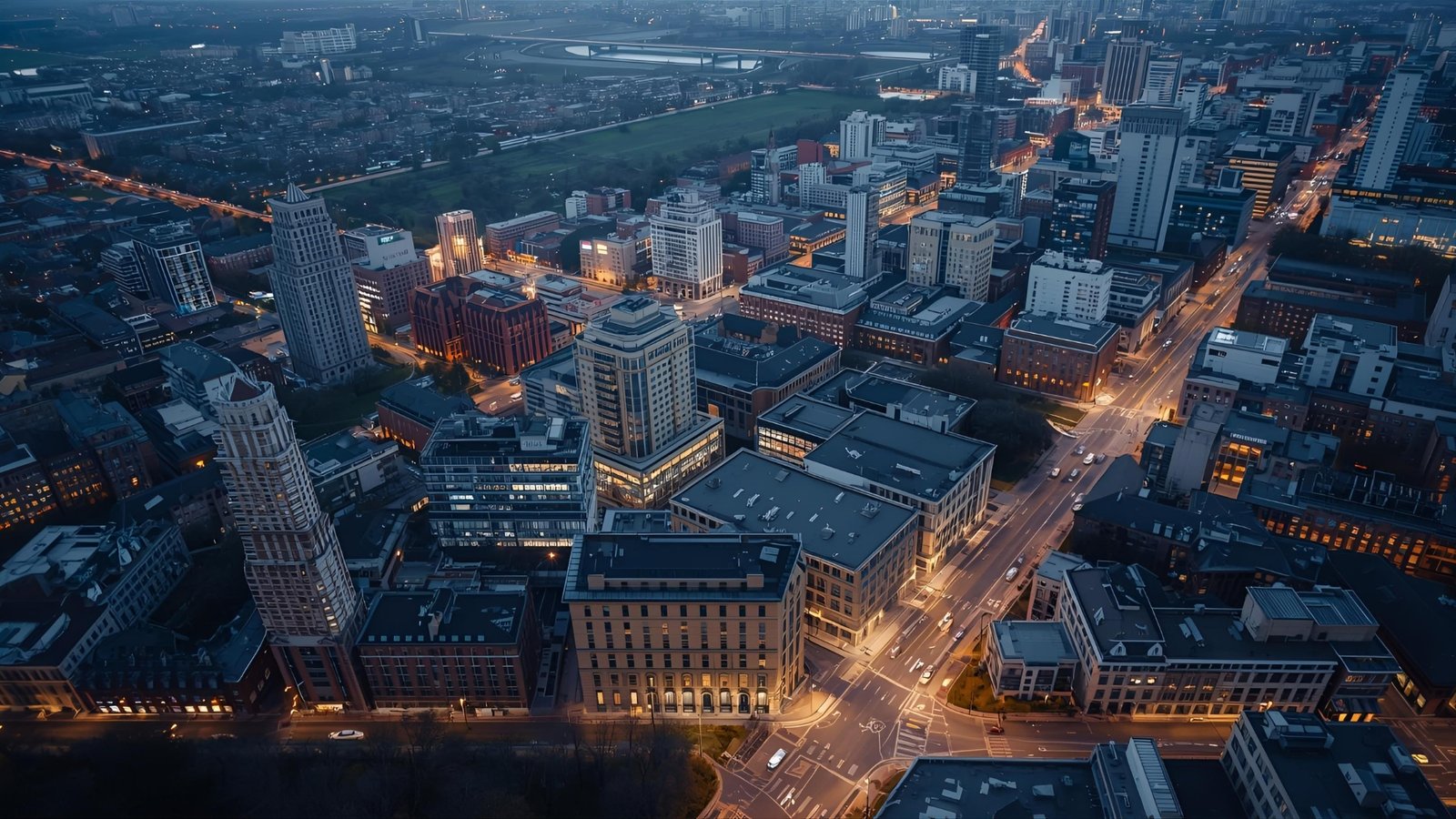
The good news: light pollution is not inevitable. Cities and campuses that adopt best practices see immediate improvements, energy savings, and safer, more comfortable lighting. Here’s what works, based on guidelines from DarkSky International and public-lands partners:
1) Use only the light you need, when you need it
-
Adaptive controls: Motion sensors, dimmers, and timers slash unnecessary hours of illumination.
-
Curfews: Turn off façade and signage lighting after business hours.
Evidence-based checklists highlight controls as a first-line tool—cutting both energy and skyglow.
Point the light down and block the glare
-
Fully shielded fixtures prevent side-spill that feeds skyglow.
-
Lower mounting heights and careful aiming keep the light on the task area, not the horizon.
DarkSky’s “Approved Luminaires” criteria emphasise shielding and optical control to reduce light pollution without compromising safety.
Warm the spectrum (≤3000K CCT)
-
Blue-rich light scatters more; warm-tone LEDs reduce atmospheric scattering and preserve melatonin-friendly nightscapes for humans and wildlife.
Guidance from park agencies and dark-sky groups consistently recommends ≤3000K, long-wavelength lighting in outdoor environments.
Right-size the lumens
-
Overlighting is common; match illuminance to standards and site needs.
-
Consider surface reflectance—lighter pavements need fewer lumens.
This “as much as necessary, as little as possible” approach is a core principle in dark-sky lighting design.
Audit, measure, iterate
-
Baseline sky quality with SQM readings or community science campaigns, then re-measure after retrofits.
-
Public dashboards build buy-in and showcase energy savings and sky improvements.
Communities participating in Globe at Night and similar programs gain data that informs policy and celebrates progress against light pollution.
Conclusion
From the Atacama to Maunakea, the darkest sites on Earth are not guaranteed. But the fixes are clear, affordable, and ready. Cities can cut light pollution dramatically with shielding, warmer LEDs, and controls; nations can harmonise rules to protect observatories; and satellite operators can implement design and operations standards that respect the shared sky. Astronomers are doing their part—re-engineering instruments and software to work around a brighter world. If we all do ours, a truly dark night will remain within reach.
FAQs
Q: What causes most urban skyglow?
Unshielded fixtures and excessive blue-rich LED lighting scatter light into the atmosphere, creating light pollution far beyond the target area. Fully shielded, ≤3000K lighting and controls are the quickest fixes.
Q: Do dark-sky policies compromise public safety?
No. Well-designed lighting enhances visibility by minimising glare and utilising light only where necessary. Cities save energy and reduce light pollution while maintaining safety.
Q: Can satellite streaks be eliminated entirely?
Not entirely, but impacts can be minimised with darker satellite surfaces, cooperative operations, better ephemerides, and observatory scheduling and masking software.
Q: Which regions have strong protections for observatories?
Chile has national light pollution rules for astronomy zones, and Hawaiʻi counties enforce shielding and spectrum limits near Maunakea and Haleakalā.
Q: How can I help where I live?
Swap to fully shielded, warm-tone outdoor lights with timers/motion sensors, advocate for dark-sky ordinances, and join Globe at Night to document improvements.
See More: SpaceX Rocket Launch Today Live Updates and Details


